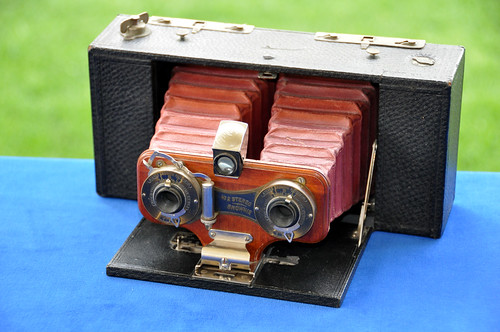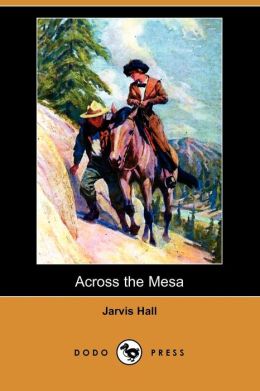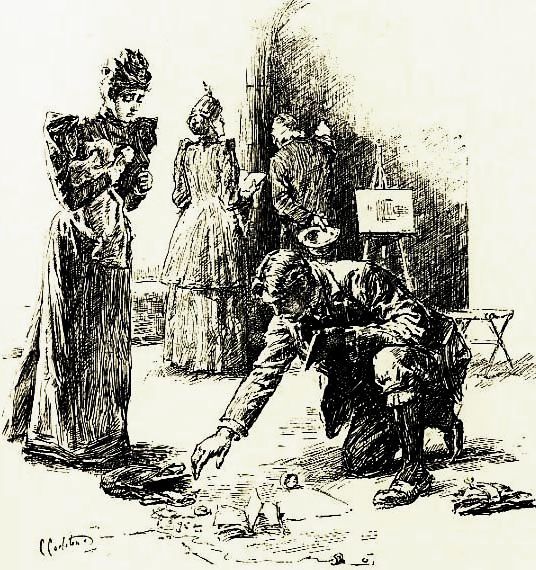Augusta Groner
190 pages
genre - Mystery
my rating - 3 out of 5 stars
At the beginning of this book there is an introduction to our detective, Joseph Muller. I checked on Project Gutenberg. The same intro is at the beginning of each of the five stories available.
It says Joseph Muller is "one of the great experts in his profession. In personality he differs greatly from other famous detectives. He has neither the impressive authority of Sherlock Holmes, nor the keen brilliancy of Monsieur Lecoq. Muller is a small, slight, plain-looking man, of indefinite age, and of much humbleness of mien."
And now for the mystery:
Anna, the pretty blonde girl who carried out the milk to the residents of several streets of Hietzing, Vienna, Austria, was making her deliveries on this clear September morning. In a shallow ditch she sees the body of "a young and well dressed man, who lay there with his face turned toward the street. And his face was the white frozen face of a corpse." He had been shot in the back.
I enjoyed reading this story. It kept my attention. There were not a lot of drawn out paragraphs or long monologues. It was interesting to watch Muller use various means to gather information and clues.
There were a couple of points to the ending that I did not like or agree with. I haven't figured out a way to share these issues without giving away spoilers. If anyone who reads this book would like to talk about the ending, I would enjoy that.
About the author -
 Augusta Groner was born in 1850 as the daughter of a government official in Vienna, Austria. From 1876 to 1905 she worked as an elementary school teacher. In 1879 she married the journalist Richard Groner.
Augusta Groner was born in 1850 as the daughter of a government official in Vienna, Austria. From 1876 to 1905 she worked as an elementary school teacher. In 1879 she married the journalist Richard Groner.In 1890 numerous detective stories and novels, some of which were translated into English and Scandinavian, were published. Groner wrote the first detective series of German literature. She used a more masculine version (Auguste) of her name as a pseudonym when she was writing crime fiction.
For her work, she was honored in 1893 by the Literary Department of the World Fair in Chicago.
Augusta Groner died in Vienna in 1929.





